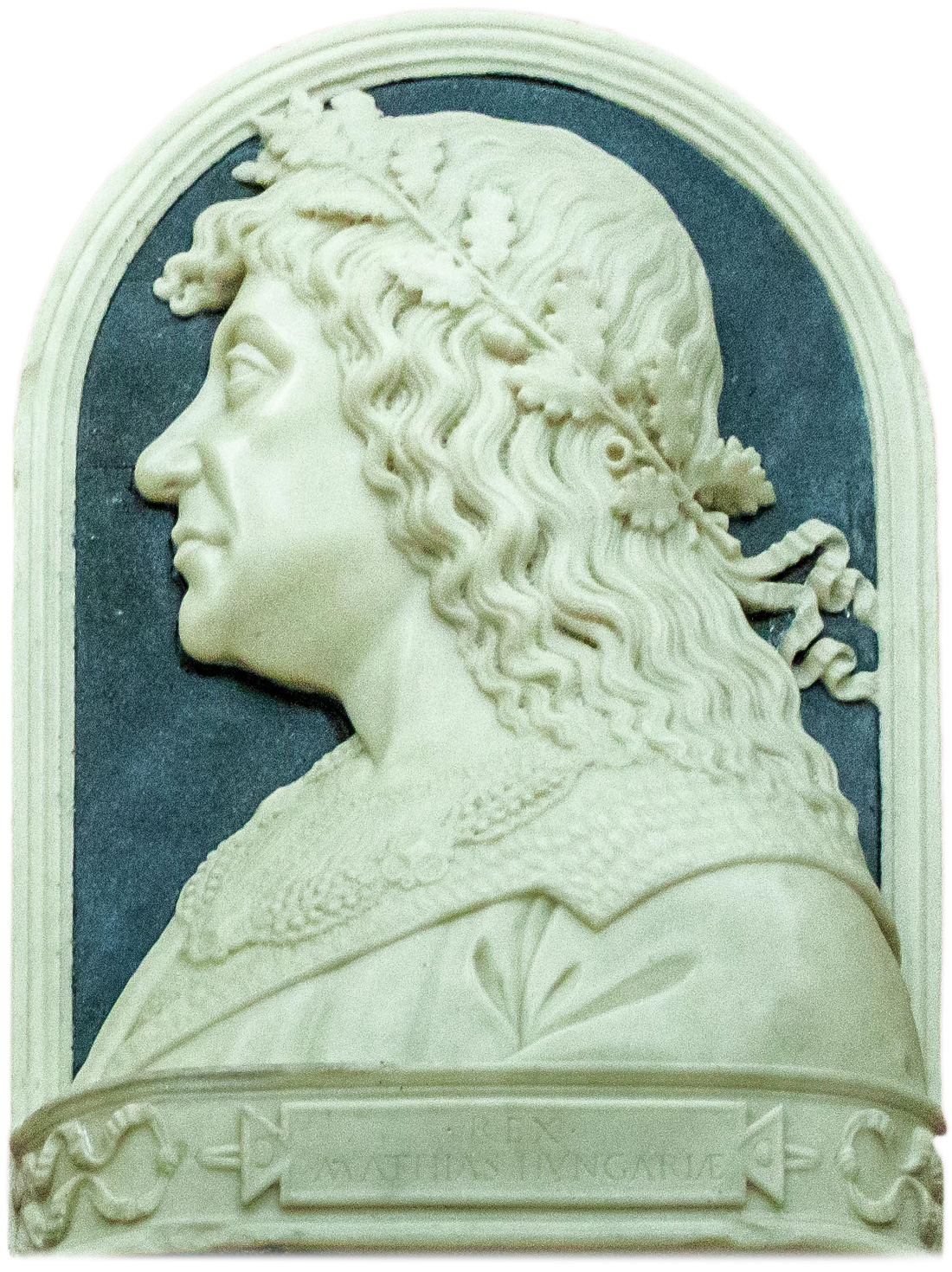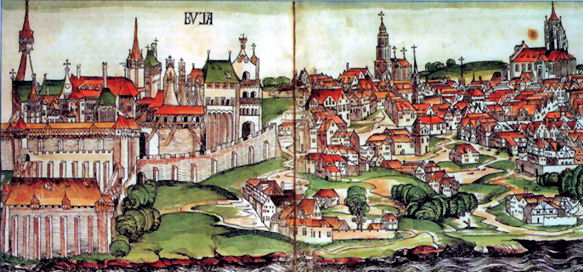
 Hungary 100 Pengo 1930 VF
Hungary 100 Pengo 1930 VFFront: King Matthias Corvinus(23 February 1443)-(6 April 1490(aged 47)
Back: View of the Buda Castle with the Danube
Printed on 1 July 1930 and withdrawal on 6 May 1960. Hungarian pengo part of the physical form of Hungary's historical currency. Pengo was the currency of Hungarary between 1 January 1927 when it replaced the korona, and 31 July 1946, when it was replaced by the forint.
 Sweeping inflation bills after the introduction of the forint (August 1946)
Sweeping inflation bills after the introduction of the forint (August 1946) Matthias was a successful military leader of Romanian and Hungarian. Thus, on January 20, 1458, Matthias was elected king by the Diet. This was the first time in the medieval Hungarian kingdom that a member of the nobility, without dynastic ancestry and relationship, mounted the royal throne. Such an elections upset the usual course of dynastic succession in the age. In the Czech and Hungarian states they heralded a new judiciary era in Europe, characterized by the absolute supremacy of the Parliament , ( dietal system ) and a tendency to centralization. At this time Matthias was still a hostage of George of Poděbrady, who released him under the condition of marrying his daughter Kunhuta (later know as Catherine). On 24 January 1458, 40,000 Hungarian noblemen, assembled on the ice of the frozen Danube, unanimously elected Matthias Hunyadi king of Hungary, and on 14 February the new king made his state entry into Buda.
Matthias was a successful military leader of Romanian and Hungarian. Thus, on January 20, 1458, Matthias was elected king by the Diet. This was the first time in the medieval Hungarian kingdom that a member of the nobility, without dynastic ancestry and relationship, mounted the royal throne. Such an elections upset the usual course of dynastic succession in the age. In the Czech and Hungarian states they heralded a new judiciary era in Europe, characterized by the absolute supremacy of the Parliament , ( dietal system ) and a tendency to centralization. At this time Matthias was still a hostage of George of Poděbrady, who released him under the condition of marrying his daughter Kunhuta (later know as Catherine). On 24 January 1458, 40,000 Hungarian noblemen, assembled on the ice of the frozen Danube, unanimously elected Matthias Hunyadi king of Hungary, and on 14 February the new king made his state entry into Buda. Budapest, including the Banks of the Danube, the Buda Castle Quarter and Andrássy Avenue* UNESCO World Heritage Site
Budapest, including the Banks of the Danube, the Buda Castle Quarter and Andrássy Avenue* UNESCO World Heritage SiteBuda Castle (Hungarian: Budai Vár, Turkish: Budin Kalesi) is the historical castle of the Hungarian kings in Budapest, Hungary. In the past, it was also called Royal Palace (Hungarian: Királyi-palota) and Royal Castle (Hungarian: Királyi Vár).
Buda Castle was built on the southern tip of Castle Hill, next to the old Castle District (Hun: Várnegyed), which is famous for its medieval, Baroque and 19th century houses and public buildings. It is linked to Adam Clark Square and the Széchenyi Chain Bridge by the Castle Hill Funicular.
Buda Castle is part of the Budapest World Heritage Site, declared in 1987.
 Buda Castle during the Middle Ages. From the Chronicles of Hartmann Schedel
Buda Castle during the Middle Ages. From the Chronicles of Hartmann SchedelInformation and Image Obtained From Wikipedia, the free encyclopedia
No comments:
Post a Comment